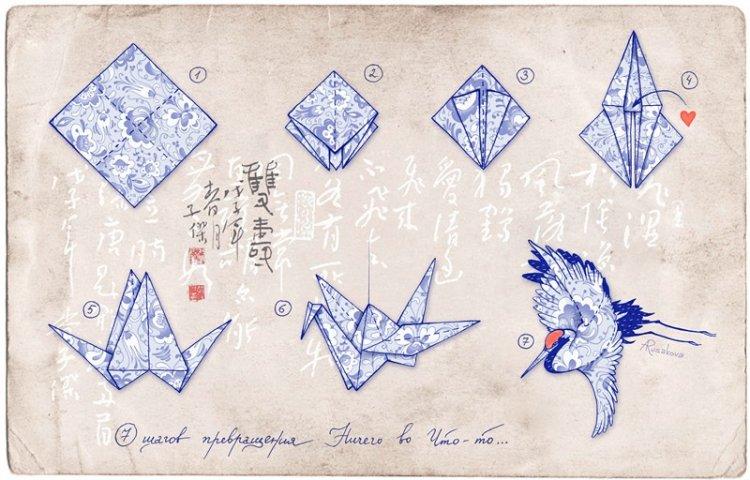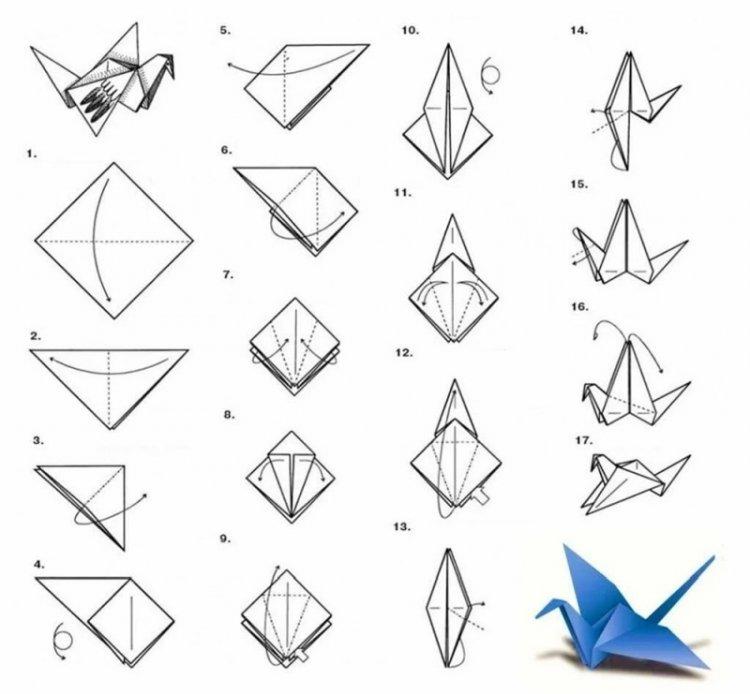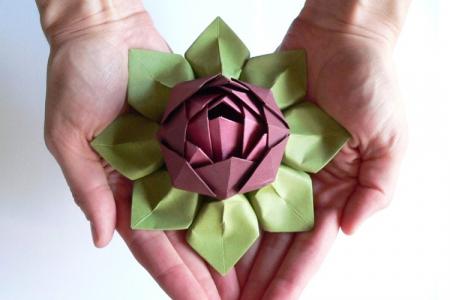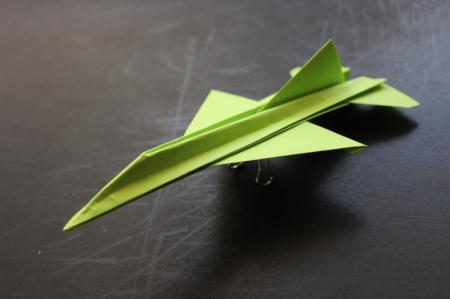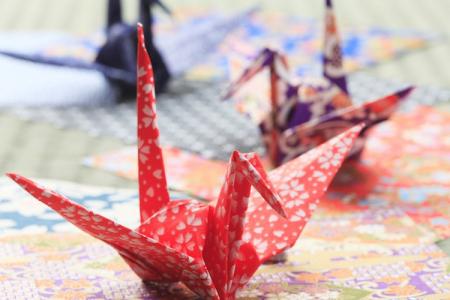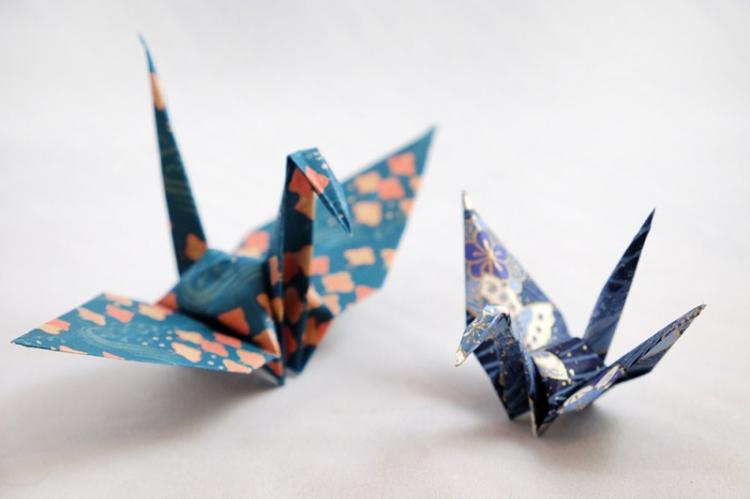
Origami is perhaps one of the most versatile hobbies in the world, because it's hard to find someone who doesn't suit. For children, this is such a necessary development of fine motor skills, accuracy, perseverance, attentiveness and logical thinking. For adults, it is a very simple and accessible way for everyone to relieve stress, relax, escape from routine and switch. Even if you first look at a sheet of paper with thoughts to make something out of it - it doesn't matter! We have already prepared some simple diagrams for beginners!
1. Origami swan
Take a square white sheet, mark one diagonal and fold the top and bottom corners to it. Bend the ends of the corners in the opposite direction, fold the part in half and put it on the table like an open book. From a long, elongated corner, shape the neck and head of a swan. Make a beak, bending the tip of the head back and forth, and then draw the eyes of the swan.
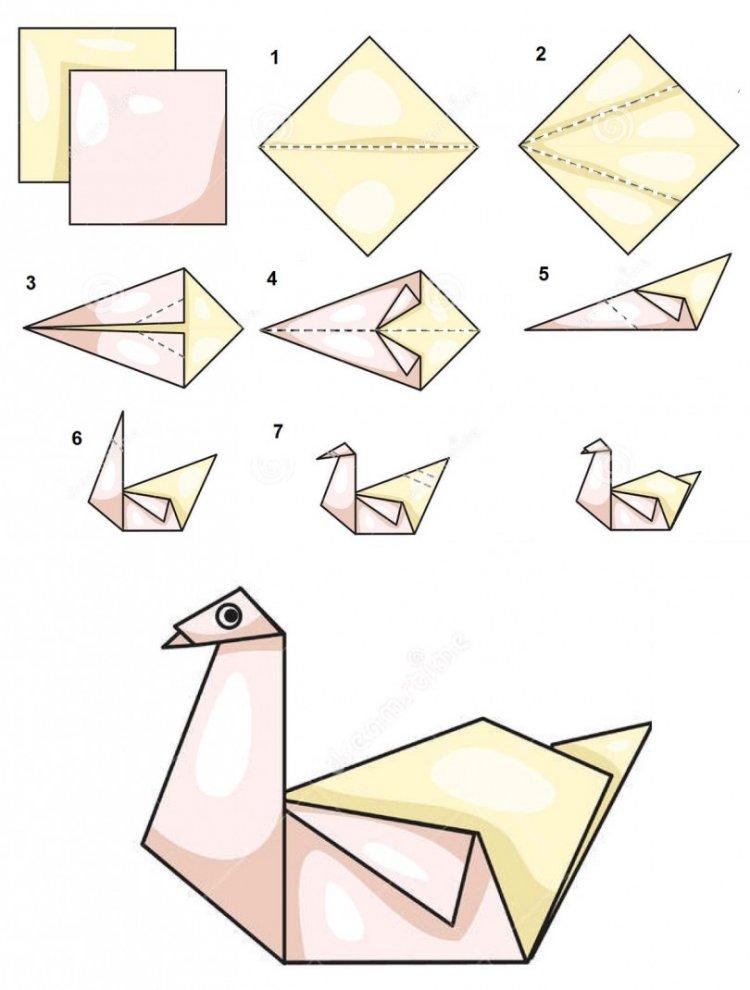
2. Origami paper bunny
Fold a square piece of paper in half and mark the middle of the triangle. Bend its base back a little, and then fold the triangles-ears up. Tuck and hide the top and bottom corners of the square so as to form the muzzle, and paint it.
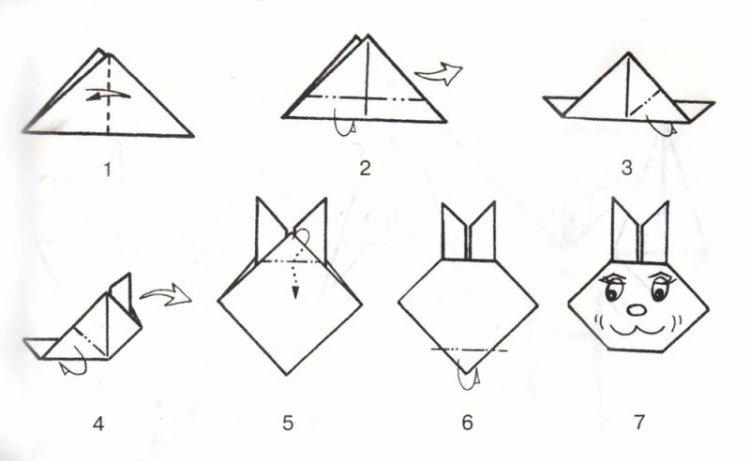
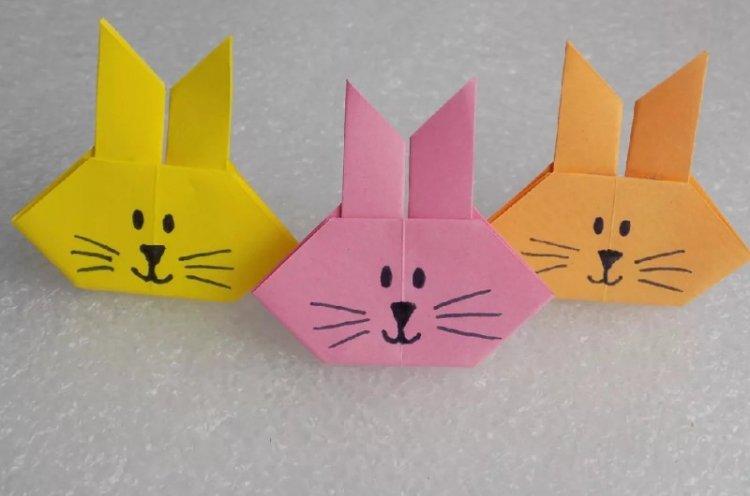
3. Whale origami
Take a gray or blue square, mark the diagonal and fold the bottom fragment towards it. Turn the workpiece over and bend the upper and lower (already folded) parts to the middle. Fold another small corner at the top to form the back, flip the piece over again and make the whale's tail.
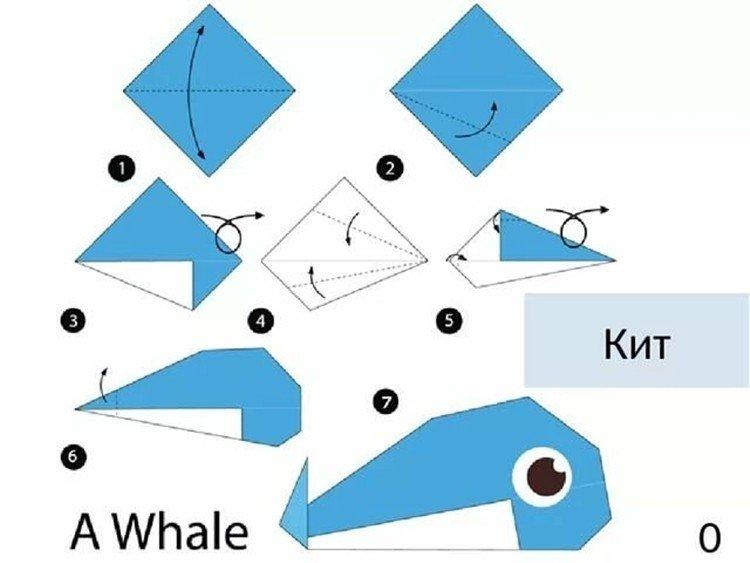
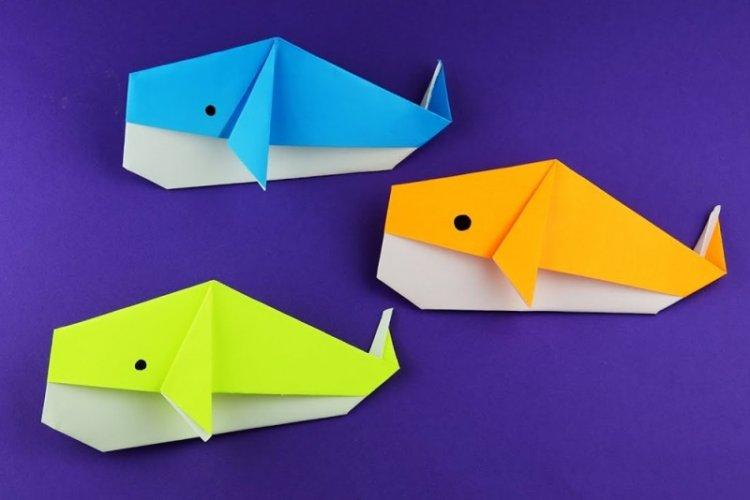
4. Paper fox
Mark the diagonals of the square and fold it in half into a triangle. Bend the corners of the base up to get the small, layered rhombus again. On one side, bend the corner and unfold it so as to form a muzzle with ears. Now you only need to draw a nose with eyes and bend the tail so that the fox can stand.
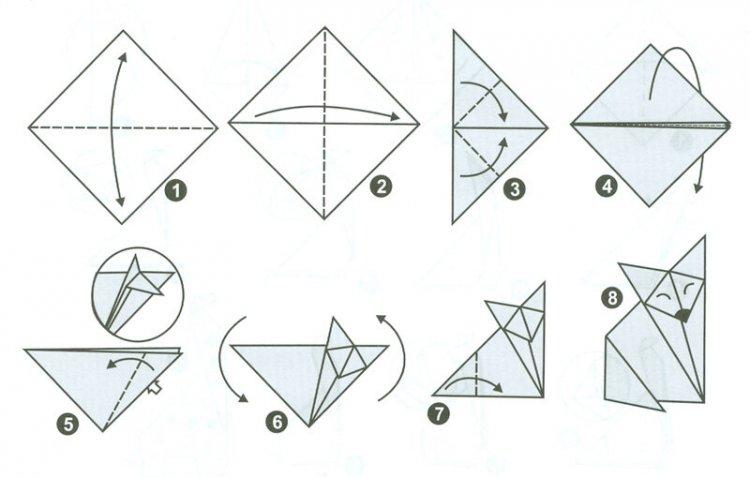
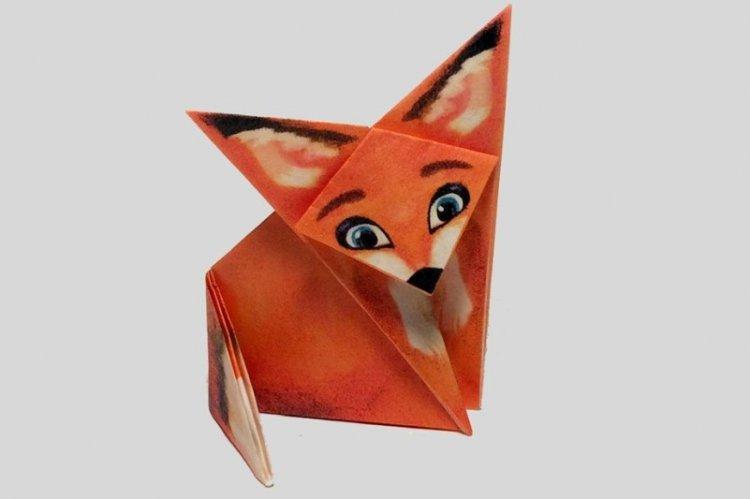
5. Origami flower
Fold a square piece of paper in half horizontally and tuck the top corners to form an isosceles triangle. Bend the corners of the base of the top layer up, slightly at an angle to the middle, and do the same on the other side - you get a square. Bend its lateral corners to the middle on all sides, straighten and slightly inflate the figure. Shape the petals and straighten the bud by hand on all sides.
To make a stem for a flower, take a green square, mark out a diagonal and bend the side corners to it. Repeat the action for the bottom part, and then again - to get a thin rhombus, as in the diagram. Fold the lower elongated part up - this will be the stem of the flower, and the wide one - bend it and fold it into a leaf.
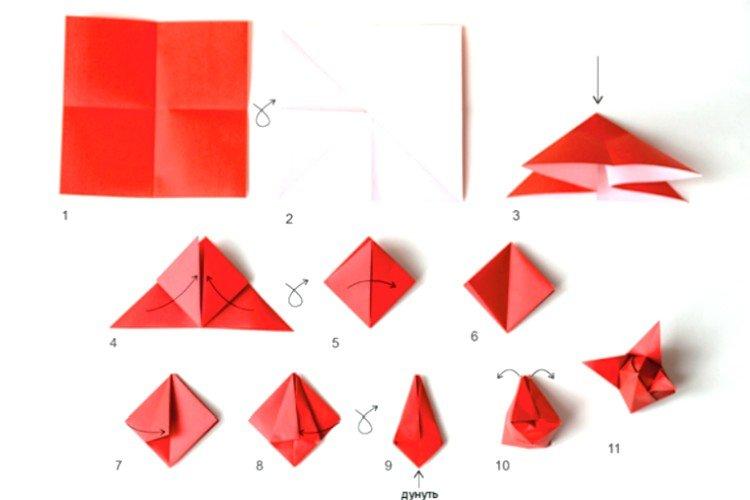
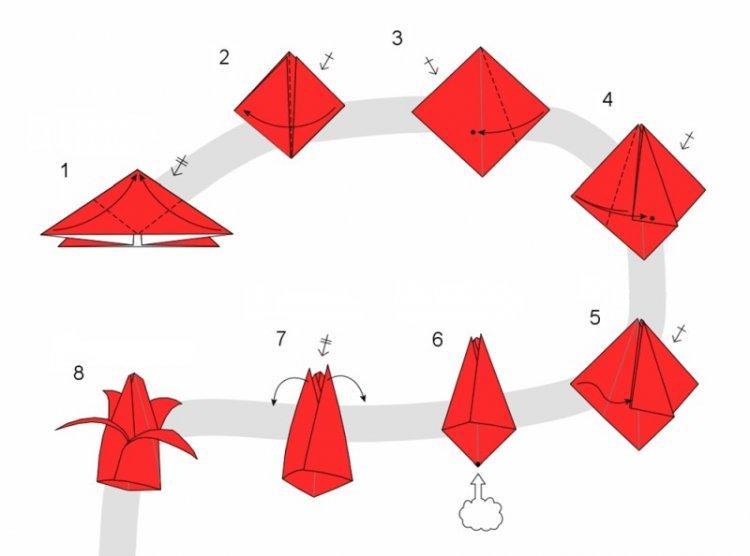
6. Origami paper dove
Fold the square sheet diagonally and turn the corners at the base of the triangle up. You will get a rhombus, which needs to mark the middle and side verticals, as in the diagram. Hide the side corners of the rhombus inward, fold the part in half and turn it over.
On both sides, lift up the future wings of the dove and give them a shape. Bend the body-trapezoid so that the tail goes down, and spread the wings. It remains only to bend the head-beak on the neck, and the messenger of peace is ready!
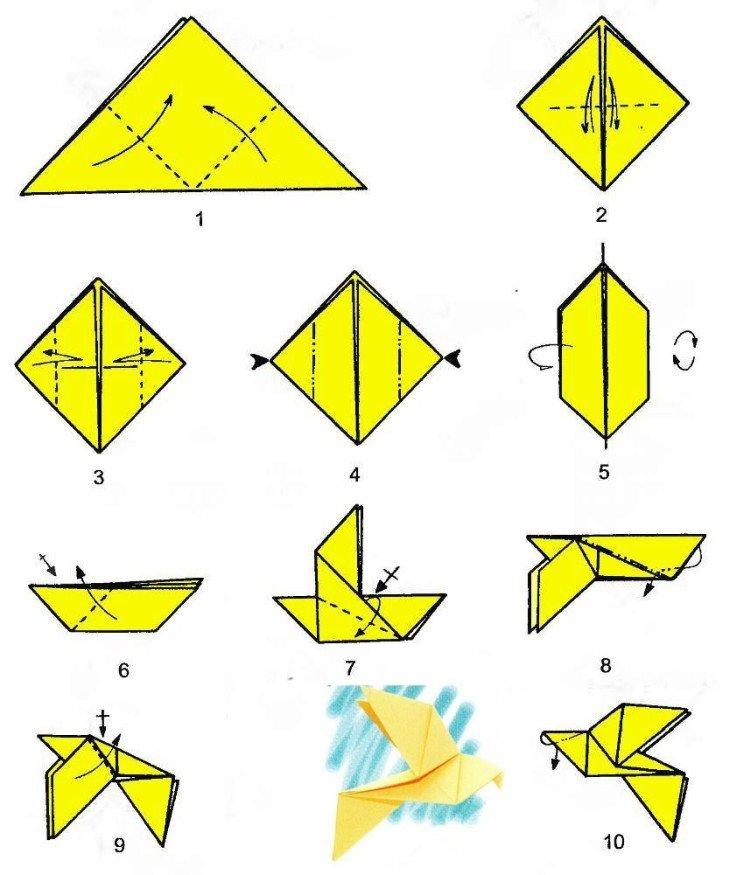
7. Paper cracker
A paper cracker is folded from a rectangular sheet - you can even use a double notebook. Fold all four corners towards the middle and fold the piece in half into a trapezoid. Fold the corners of the trapezoid down and fold it in half again to form a three-dimensional triangle. It must be taken by the sharp end and shaken sharply so that all the air from the figure comes out with a characteristic pop.
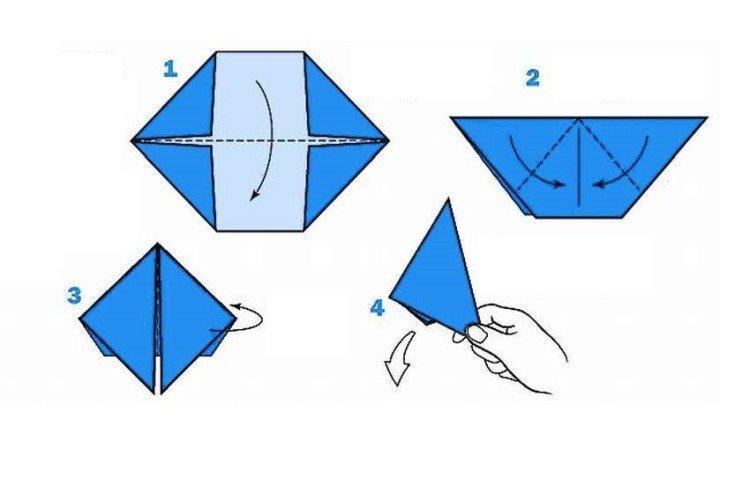
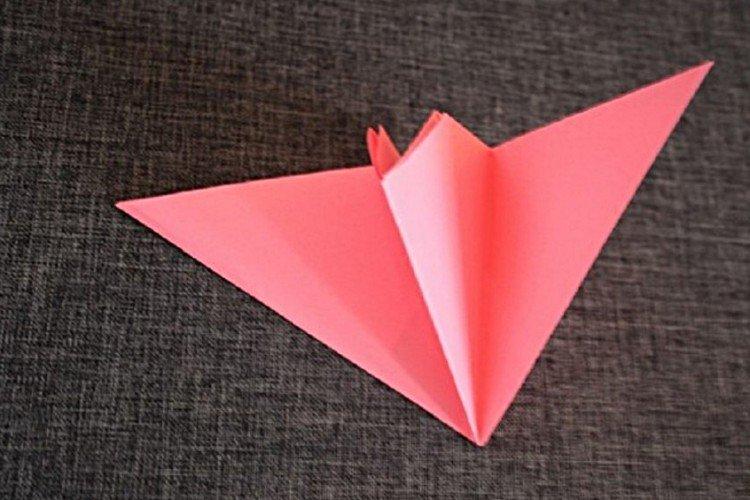
8. Origami paper frog
Mark the diagonals, vertical and horizontal lines on a square sheet of paper. Fold it in half and bend the corners inward, as in the diagram, to make an isosceles triangle. Fold the corners of the top layer towards the middle, fold back halfway, and flip the shape.
Fold the triangle into a rhombus, bend its side corners to the middle, and then straighten the top one into another triangle. Tuck the lower part (legs) up and down with an accordion, as in the diagram, turn the toad over and see how it jumps if you press with your finger.
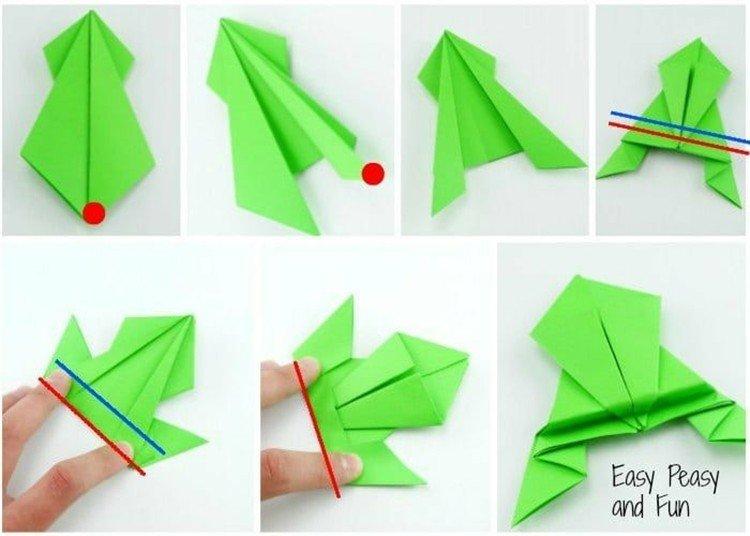
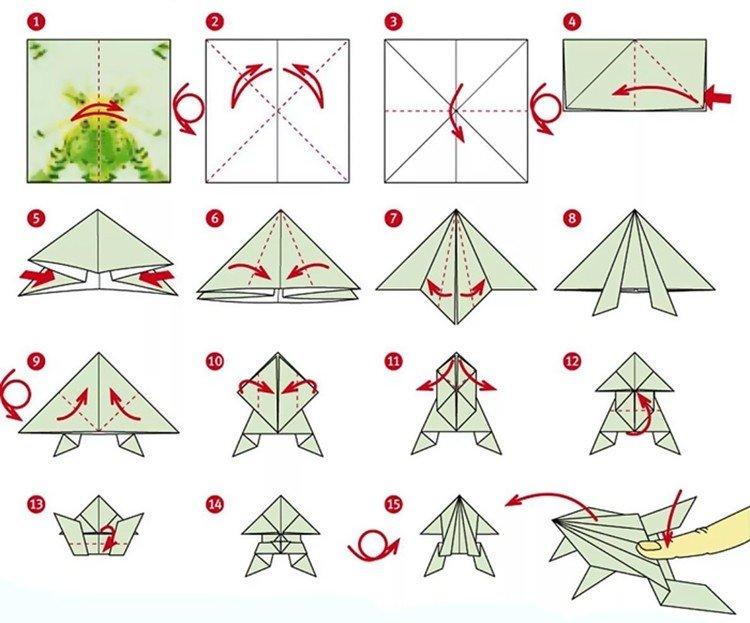
9. Origami mouse
Mark the diagonal of the square sheet and bend the top and bottom corners to it, and then bend them back and forth towards the middle again. Straighten the rhombus as shown in the diagram and fold its corner down. Unscrew the corner of the main rhombus in the opposite direction, and then fold the edges again.
Turn the figure over and straighten the protruding triangles into the ears of the mouse. Bend the long triangle into a mouse's tail twice and tuck it up so that the figurine can be placed on the table. It remains only to finish drawing the muzzle with the eyes and nose.
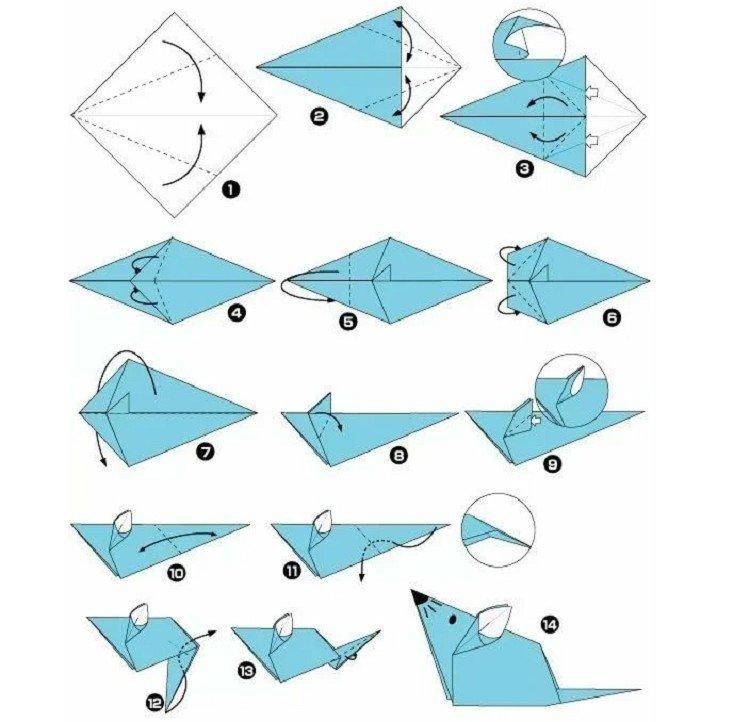
10. Paper crane
Making origami a crane is a little more difficult for a beginner, but it is quite possible. Fold the square of paper twice diagonally to make a small triangle, and place it with the "book" facing down. Expand the top layer into a square and turn over the pages, as in the diagram. Flip the trapezoid over and fold the second triangle into a square with the "book" facing down.
Fold back and forth to the middle of the side corners of the top layer and unfold it into a long, elongated diamond, and then do the same on the other side. Fold the side corners to the center, as in the diagram, and bend the long "legs" to the sides - this will be the neck and tail. Form a head on the neck and finally spread the wings of the crane.
